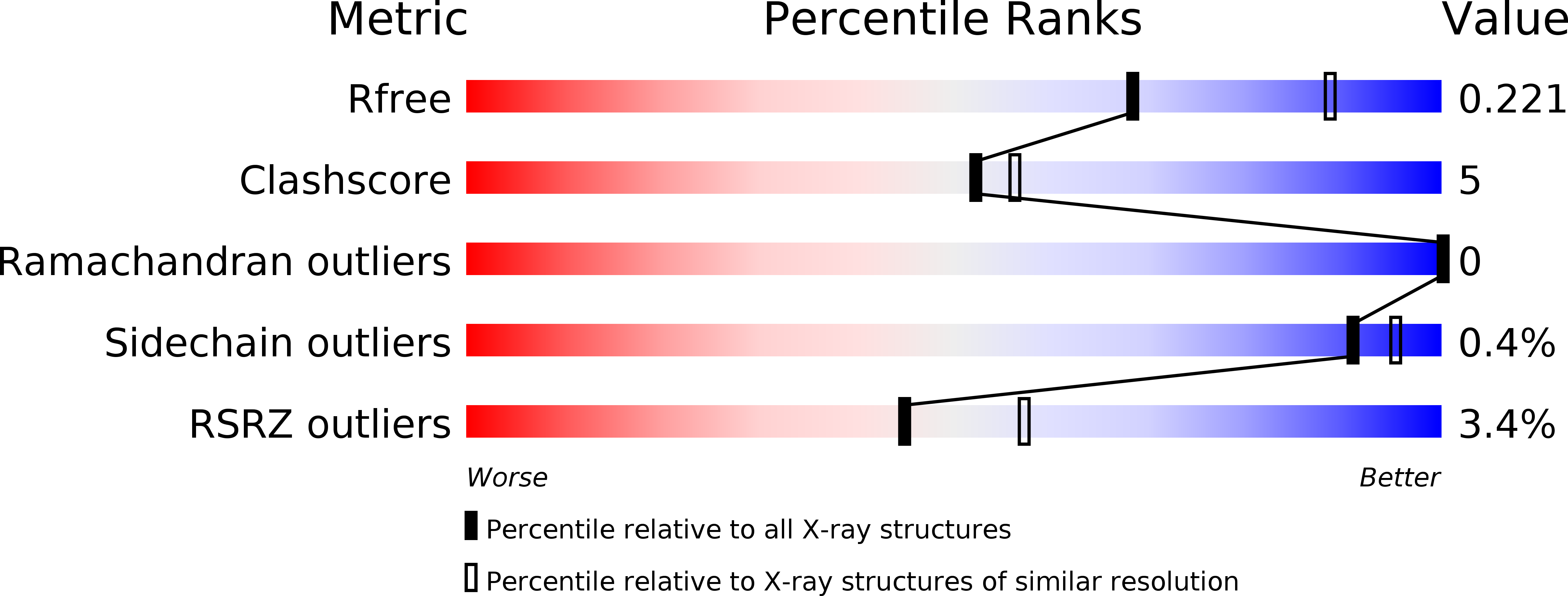
Deposition Date
2013-09-02
Release Date
2014-09-03
Last Version Date
2023-09-20
Entry Detail
PDB ID:
4MIT
Keywords:
Title:
Crystal structure of E. histolytica RacC bound to the EhPAK4 PBD
Biological Source:
Source Organism:
Entamoeba histolytica (Taxon ID: 885315)
Entamoeba histolytica (Taxon ID: 885318)
Entamoeba histolytica (Taxon ID: 885318)
Host Organism:
Method Details:
Experimental Method:
Resolution:
2.35 Å
R-Value Free:
0.22
R-Value Work:
0.17
R-Value Observed:
0.17
Space Group:
P 1 21 1


